Are Smart Solar Lights Truly Smarter Than Regular Ones?
I’ve been tinkering with my backyard lighting for ages, trying to strike a balance between vibe and efficiency. Lately, every solar light on the market seems to slap “smart” on the label, promising next-level features. But what does that even mean? Are these smart solar lights worth the buzz, or is it just marketing fluff? I grabbed a mix of regular and smart models, including some from Bitpott, and put them through their paces to see if the “smart” tag delivers. Spoiler: There’s real tech here, but it’s not a game-changer for everyone.
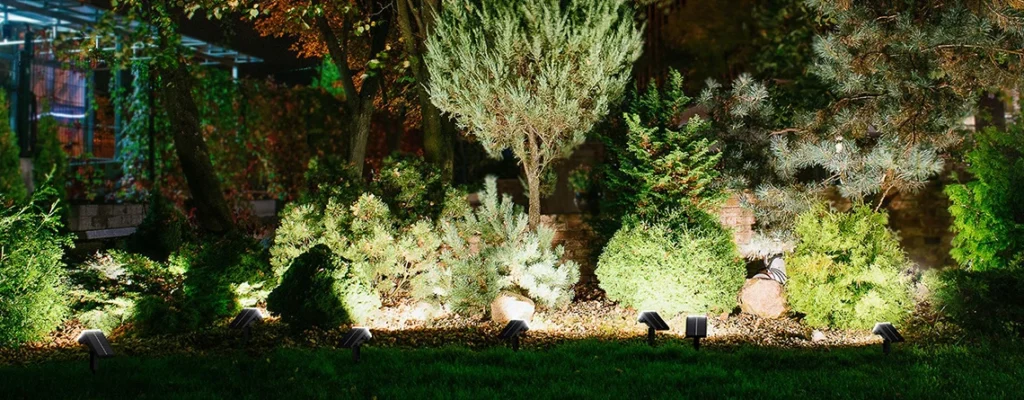
Q1: What Makes a Solar Light “Smart”?
Smart solar lights pack features that regular ones don’t, aiming to make life easier and save more energy. After digging into specs and testing a few, here’s what sets them apart:
- Auto-Dimming: Smart lights adjust brightness based on ambient conditions or battery levels. My Bitpott spotlight dims to 50% after midnight to stretch battery life, unlike regular lights stuck at one setting.
- Advanced Light Sensors: Beyond basic dusk-to-dawn triggers, smart sensors fine-tune on/off times or brightness based on real-time light levels. One model I tested kicked on earlier during cloudy dusks, avoiding that awkward “too dark” phase.
- App Control: Many smart lights connect to apps via Bluetooth or Wi-Fi, letting you tweak schedules or brightness remotely. I set my patio lights to glow brighter when I’m hosting, all from my phone.
- AI Energy-Saving Algorithms: Some, like Bitpott’s, use AI to predict weather or usage patterns, optimizing charge cycles. My Bitpott path light conserved power during a rainy week, staying lit longer than expected.
Regular solar lights? They stick to basic on-off sensors and fixed brightness, no frills. Smart features add flexibility, but do they shine in real-world use?
Q2: Does “Smart” Feel Different in Practice?
To find out, I pitted Bitpott’s smart solar modes against standard light-controlled models in my yard over two weeks. I used a mix of path lights, wall sconces, and a spotlight, tracking brightness, runtime, and ease of use. Here’s how they stacked up:
- Brightness Control:
- Bitpott Smart Mode: Adjusted dynamically—100 lumens for ambiance, spiking to 400 when motion was detected near my driveway. It felt tailored, never overkill.
- Regular Mode: Fixed at 200 lumens. Fine for paths but wasteful at quiet hours, and it didn’t adapt to late-night needs like illuminating steps for guests.
- Runtime in Tough Conditions:
- Bitpott Smart Mode: During three cloudy days, its AI algorithm prioritized low-power mode, stretching 6-8 hours nightly. The app let me check battery status, which was handy.
- Regular Mode: Drained faster, averaging 4-5 hours on partial charges. No way to tweak settings meant lights died early on rainy nights.
- User Experience:
- Bitpott Smart Mode: App setup was a breeze—pairing took 2 minutes, and I could schedule dimming or motion triggers. Motion sensors caught my dog sprinting by, lighting up instantly.
- Regular Mode: Plug-and-play simple, but no customization. I had to manually reposition a light when its sensor misfired in shade.
Bitpott’s smart features made a noticeable difference, especially in variable weather or when I wanted specific vibes (like brighter lights for a barbecue). Regular lights were reliable but felt one-dimensional, lacking the adaptability I didn’t know I’d miss until I tried smart.
Q3: Is the Smart Upgrade Worth the Extra Cash?
Smart solar lights cost more—$30-150 per unit versus $10-80 for regular ones. But does the tech justify the price? I crunched the numbers and tested long-term perks to see if it pays off:
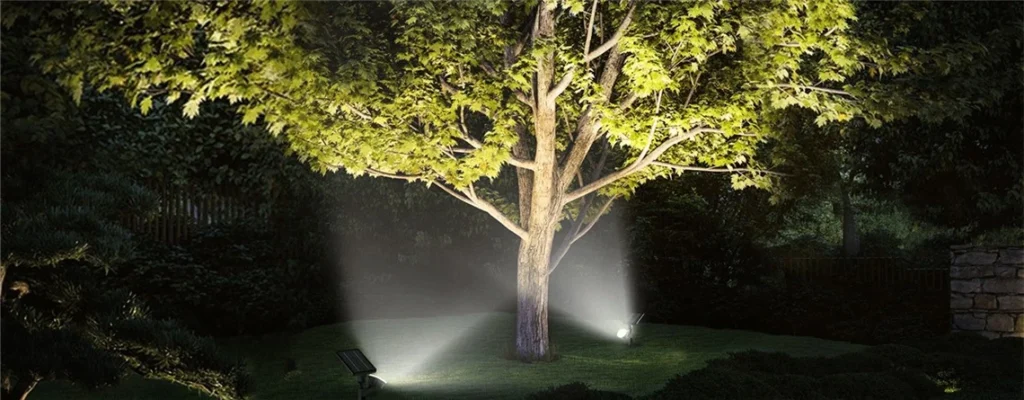
- Upfront Costs:
- Smart lights (e.g., Bitpott’s 400-lumen model) run $50-100, while standard 200-lumen lights hit $20-40. For a 10-light garden setup, that’s $500-1000 versus $200-400.
- App-enabled models may need a hub ($20-50), though Bluetooth-only ones skip this.
- Energy Efficiency:
- Smart lights save power with dynamic dimming and AI optimization. My Bitpott lights used 20-30% less battery per night, extending lifespan to 4-5 years versus 2-3 for regular batteries.
- Over 5 years, this cuts replacement costs ($5-10 per battery) and boosts reliability in low-sun seasons.
- Maintenance and Convenience:
- Smart lights need the same panel cleaning as regulars (10 minutes monthly), but app diagnostics flag issues like low charge early. I caught a misaligned panel via the app, saving a dim night.
- Regular lights are low-tech, so you’re guessing when they fade—more trial and error.
- Long-Term Savings:
- For a $600 smart setup (10 lights + hub), I saved ~$50 in batteries over 5 years and avoided rewiring costs ($200+ for traditional setups). Regular solar setups saved less upfront but needed more tweaks.
- Break-even point: About 3 years, assuming you value the time saved on manual adjustments.
If you’re lighting a small patio and don’t mind fiddling, regular solar lights are fine. But for larger setups or hands-off convenience, smart features—especially Bitpott’s AI and app control—make the extra spend worthwhile, especially in tricky climates.
Smart Lights Shine for Savvy Users
After weeks of testing, smart solar lights aren’t just a gimmick—they deliver real perks. Bitpott’s auto-dimming, AI energy tweaks, and app control made my yard feel alive, adapting to weather and needs in ways regular lights couldn’t. The catch? You’ll pay more upfront, and not everyone needs the bells and whistles. If you’re set-it-and-forget-it or live where sun’s spotty, the intelligence pays off in longer-lasting, hassle-free glow. For basic needs, standard solar still does the job. My take? Mix a few smart lights for key spots and regular ones for filler—your wallet and yard will thank you.

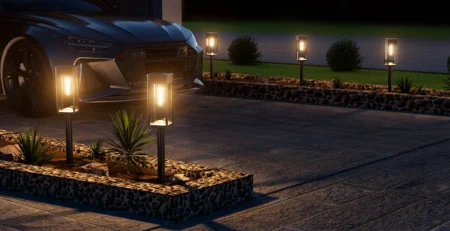
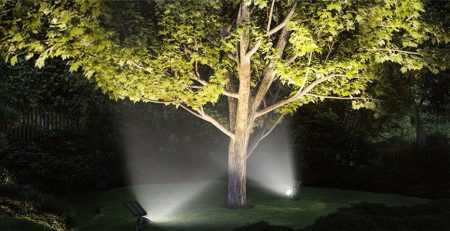

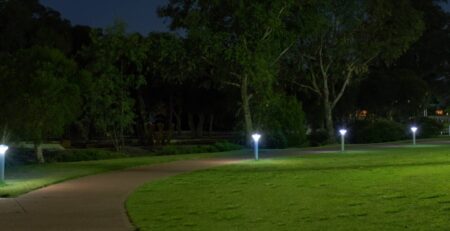

-4-1-450x231.webp)
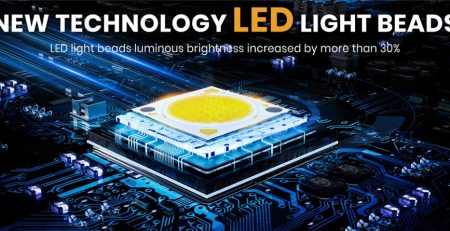

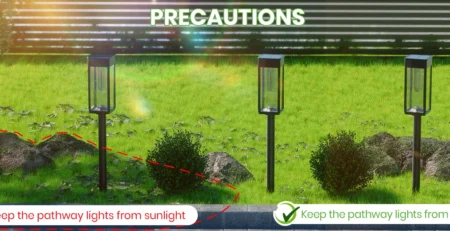
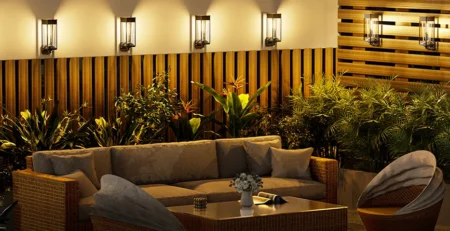
Leave a Reply